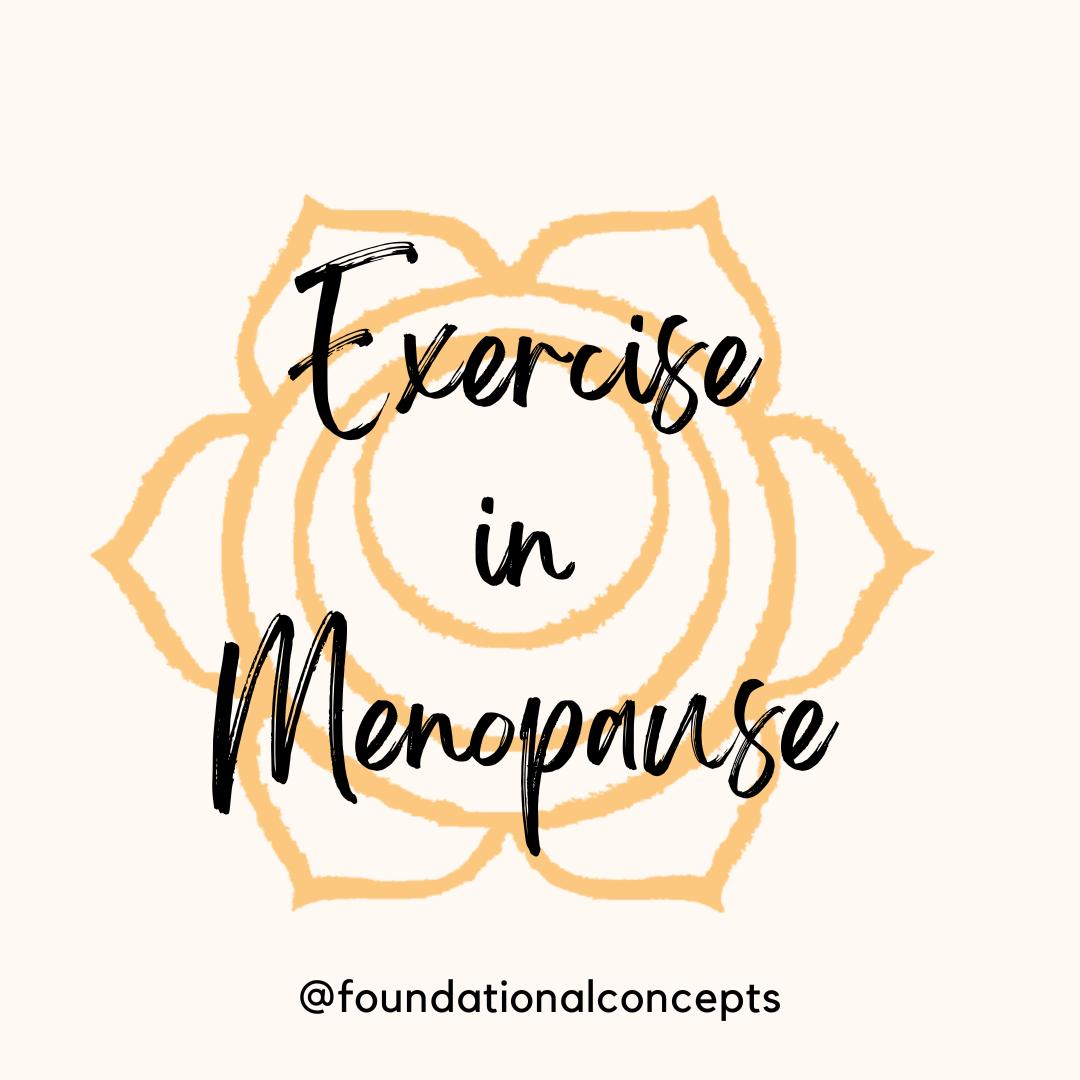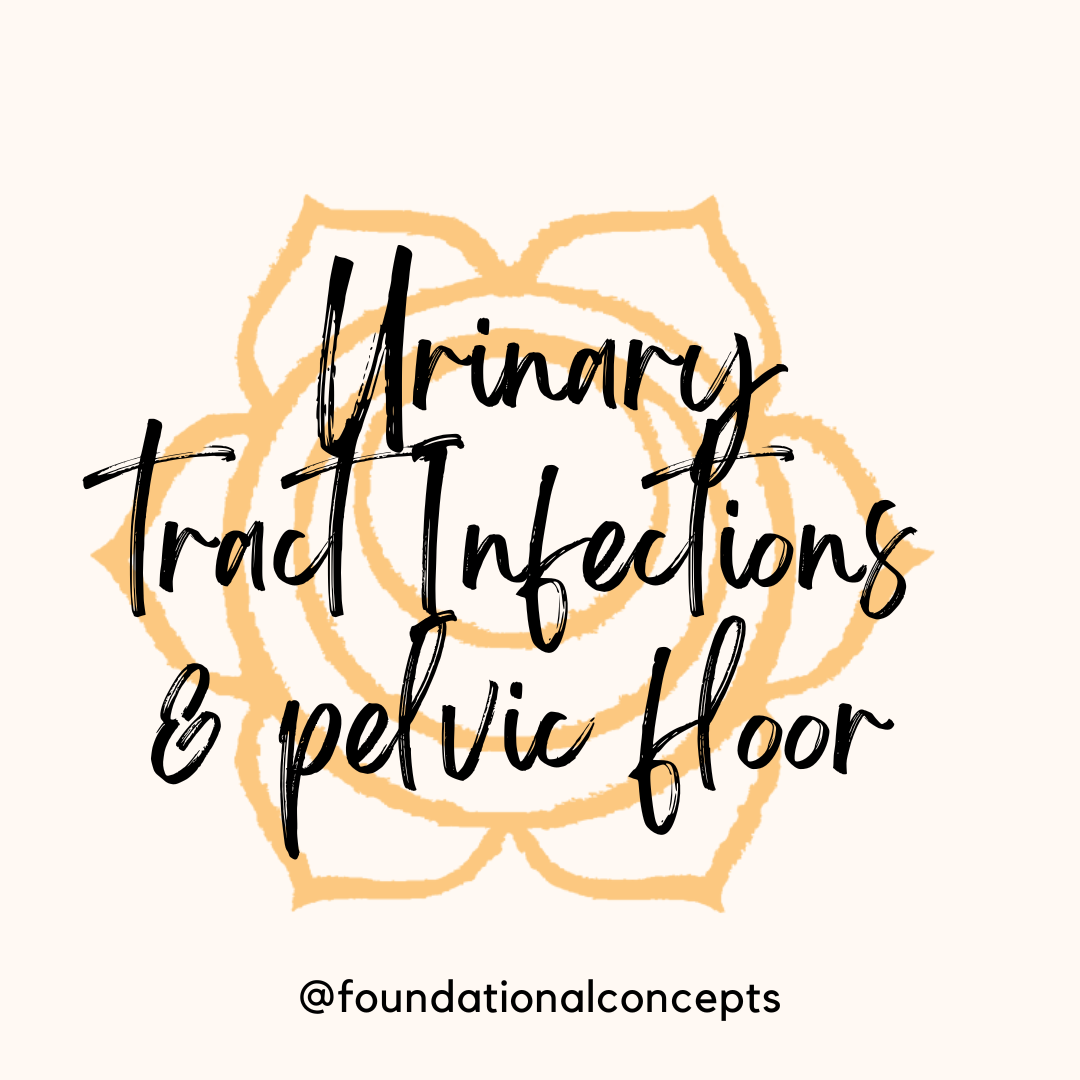When you eat or drink something that your bladder is sensitive to, it can cause…

Exercise in Menopause
During perimenopause and through menopause, estrogen levels begin to go down. Once you have not had a period for a full year, you are officially menopausal. It is pertinent to understand how the lack of estrogen affects your health.
The decrease in estrogen has a huge impact on the pelvic floor. Estrogen plays an important role in the making and breaking down of collagen. As collagen decreases, there is an increased risk of pelvic organ prolapse. Creating more stress and strain on the pelvic floor.
The decrease in estrogen also plays a role in the function of the smooth muscle of the bladder. Changes in the bladder can contribute to bladder overactivity resulting in frequency and urgency. It can also decrease the ability of the bladder sphincter to close, contributing to urinary leaking.
Decreased estrogen can also contribute to thinning of the vulvar and vaginal tissues which can contribute to burning and itching of the vulvar-vaginal tissue. This tissue thinning can be painful with intercourse or with wearing tighter clothing.
All these changes can contribute to how women feel with exercise and general activities. When we are working with women who are in menopause, we consider the changes in estrogen as we prescribe and work on exercises. When people start telling us about their symptoms, often they don’t realize the common denominator is decreased estrogen. Many of the prolapse or bladder symptoms can decrease by improving pelvic floor muscle support.
Some things to consider to best improve the pelvic floor and deep core function when we lack estrogen are:
- Coordination of the diaphragm and the pelvic floor. During exercise, Exhale with work and inhale with relaxation for decreased leaking and improved support for decreased prolapse
- Consider the position of the weight to reduce pressure through the torso, and reduce likelihood of breath holding.
- Watch how you engage abdominal wall, gluteals, and diaphragm. Breath holding, gripping, and significant abdominal bracing can all increase intra-abdominal pressure which can contribute to prolapse or bladder symptoms
- Check in with your base of support and foot placement. Sometimes a very wide or narrow stance can affect how you engage your pelvic floor and deep core.
While we can’t change the levels of estrogen that our patients have, we can improve the way that they are able to move and support their bodies. As we work with our patients, we keep in mind the changes that decreased estrogen have on the pelvic floor and surrounding structures.
If you are struggling at the gym with feelings of heaviness or leaking, pelvic floor PT can help. You will learn to strengthen, and make the appropriate modifications to help you meet your fitness goals. We offer a free 15 minute phone consultation to help determine if we are the right fit for you! Click HERE to schedule.




